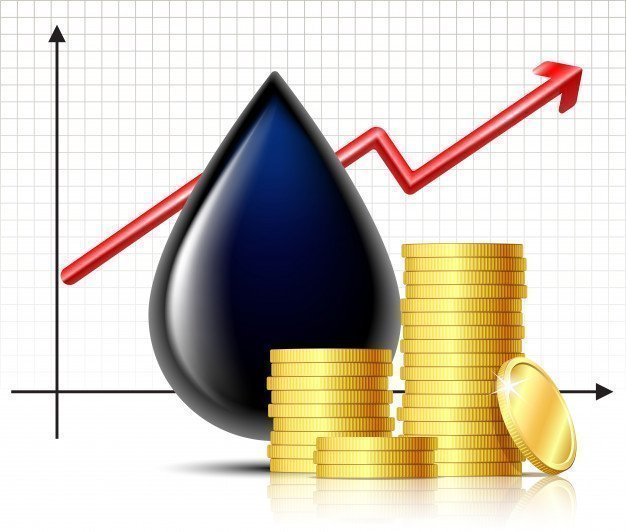Oil prices rose to seven-year highs on Friday and rose for the seventh week amid concerns over supply disruptions fueled by cold weather conditions in the US and ongoing political turmoil among major world producers.
Brent crude was up $2.16, or 2.4%, to settle at $93.27 a barrel and previously hit $93.70, its highest level since October 2014.
West Texas Intermediate crude closed at $92.31 a barrel, up $2.04, or 2.3%, after climbing as high as $93.17, its highest level since September 2014.
Brent closed the week up 3.6%, while WTI was up 6.3% on its longest rally since October.
The market’s rise has accelerated in the past two days as buyers concentrated on crude oil contracts amid expectations that world suppliers will continue to struggle to meet demand.
US employment numbers were surprisingly strong in January despite the presence of the Omicron variant of the coronavirus.
Market strategists said that crude oil prices, which have risen by about 20% so far this year, are likely to exceed $100 a barrel due to strong global demand.
A $100 increase in crude oil in the short term shouldn’t be overlooked, but there are downside risks, including Omicron’s still spreading fast, slump in demand, economic growth concerns and financial market corrections as central banks struggle with inflation.
Severe winter storms in the United States, particularly Texas, are raising supply fears, as extreme cold can cause temporary halts in production, similar to what happened in the state a year ago.
Tight oil supplies pushed the semi-annual market structure for WTI to a sharp backwardation of $9.06 per barrel on Friday, the widest since September 2013.
When short-term delivery contracts are priced higher than later months, there is backwardation and reflects short-term demand, which encourages traders to release oil from stocks to sell immediately.
Baker Hughes said the number of US oil rigs, an early indicator of future production, rose two this week to 497, the highest level since April 2020.
While the number of oil rigs has increased by a record 17 months in a row, weekly increases have mostly been in single digits, and production is still far from pre-pandemic record levels as many companies focus more on returning investors money rather than increasing investments.
Oil markets are also supported by geopolitical risks, as major oil producer Russia builds thousands of troops on the Ukrainian border and accuses the US and its allies of fueling tensions.
The Organization of the Petroleum Exporting Countries and its allies led by Russia are currently struggling to achieve the group’s current goals. OPEC+ agreed to stick to moderate output increases this week, despite pressure from large consumers to increase output.
OPEC’s second-largest oil producer, Iraq, pumped well below the OPEC+ quota in January, while OPEC+ member Kazakhstan wants to keep more of its oil production inside to combat rising fuel prices.

